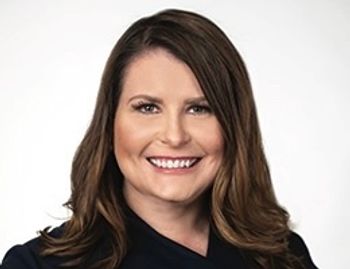
Safer Hospitals: Focusing on protecting staff and patients
In the coming weeks and months, Chief Healthcare Executive plans to shed light on efforts to reduce violence in health systems. An ongoing series of stories will look at ideas and solutions.
Doctors, nurses, and other healthcare workers have dealt with violence in hospitals for years, but by virtually all accounts, it’s getting worse.
Terry Foster, the president of the Emergency Nurses Association, has spent 45 years caring for patients. In August, he told Chief Healthcare Executive®, that
“Violence in the emergency department for nurses is a tremendous problem,” Foster said in August. “It's something that I've never seen before at this level.”
In September, Scott Amaral, a nurse at Rhode Island Hospital was brutally assaulted. Shaken by the horrific incident,
It’s an inspired idea. And other health systems and hospitals have been looking to protect healthcare workers, and doctors and nurses are imploring leaders to take the matter seriously.
Chief Healthcare Executive has published a number of stories about violence aimed at healthcare workers, and some steps to improve safety. But now, we’d like to do more.
With an appreciative nod to Lifespan leaders and others who are focused on improving the safety of workers, Chief Healthcare Executive is launching “Safer Hospitals,” an ongoing series of stories examining ways to protect caregivers and healthcare workers.
In the coming weeks and months, we’ll shed light on how hospitals and health systems are taking steps to make their facilities safer for employees and the patients they’re trying to serve.
While we’ll be reaching to clinicians, executives and experts in safety, we’d like to invite caregivers to share their ideas on how to make hospitals safer. We’re interested in hearing from doctors, nurses and leaders to talk in depth about the problems that need to be addressed and potential solutions.
We’ll also aim to examine technology that can make a difference, as well as solutions that don’t require big investments. We’ll also strive to explore the challenges in hospitals of different sizes and regions. We’ll also look at legislation that could offer more protection for healthcare employees.
While violence is an undeniable fact of life in communities across America, there’s no place for assaults, abuse or harassment in hospitals. Patients come to heal, and clinicians come to hospitals to save lives, bring in new lives and offer comfort at the end.
Look for upcoming stories in our “Safer Hospitals” series. This will be an ongoing series as we hope to present innovative ideas that others can duplicate and take to their own organizations. (You’ll also see a “Safer Hospitals” tab at the top of our website where you’ll be able to find our stories.)
Hospitals and healthcare organizations play an essential role in healing those who need help the most. Now, those delivering care could use more assistance.
Hopefully, by fostering more ideas, insights and discussions, fewer healthcare workers will have to worry about what could happen to them simply for doing their jobs.
(To share ideas or suggestions, please contact Ron Southwick, senior editor of Chief Healthcare Executive: [email protected])






















































































